Most people think of home inspections only in terms of buying or selling a home. But it's a good idea to periodically have the condition of your home inspected. An occasional once-over can help spot potential problems before they lead to expensive repairs.
While many homeowners hire professional building inspectors to check things out (and this is particularly important in terms of items such as wiring, plumbing, heating and air conditioning, etc.),checking the exterior of your home is probably an inspection you can handle yourself. Yesterday we gave you some tips on inspecting your roof from the ground; today we'll share with you a checklist of other items to inspect.
Chimney: While you're eyeballing the flashing around your chimney, look for any loose bricks or missing masonry that needs to be replaced. Siding: Next to your roof, your siding is the most important protective feature of your home's exterior, so you want to make sure it's in good shape for the upcoming storm season. If you have hardboard siding, look for cracks, swelling, or warped areas. Pay special attention to the north side of the house, because it bears the brunt of severe weather. Problems with stucco are a little difficult to detect, but drip-type stains beneath your windows are a good indication there may be damage. Window Frames: Damage to wood window frames is the easiest to detect, but if the window frame has already been patched, it may not be obvious. Check any previously-patched areas by pressing. The wood may be rotting underneath the patch and not show; if so, it will give when pressed. If you have clad window frames, press on the frames around the window edges. Just like a patched wood frame, the wood underneath cladding can rot with no visible evidence on the surface.If you have casement windows, crank them open and shut to inspect for water damage.
Decks: Inspect decks from underneath for rot. A coat of paint or stain on the top side can conceal wood damage, but you should be able to see any signs of rotting or damage by looking at the underside. Also walk away from the house and view the deck from a distance to check for any sagging - that's a sure sign the supporting structure needs repair. Gutters: Visually inspect your gutters and downspouts to make sure winter didn't dislodge any sections. Check for bends. Also make sure your downspouts are all in place and divert water away from the foundation. At the first good rain, go outside and check your downspout bases to make sure water is flowing out and not trapped by a debris clog inside the downspout. Regular inspection of the exterior elements of your home will help keep things in good working order. The idea is that if you spot any damaged areas, you can quickly get them repaired before major trouble sets in. With the upcoming heavy spring storm season soon upon us, it's a good idea to make sure your home is ready. Quarve Contracting is a full-service exterior home remodeling contractor providing roofing, siding, replacement windows and doors, and gutters in the Minneapolis/St. Paul area.
Subscribe to Quarve Contracting's Blog


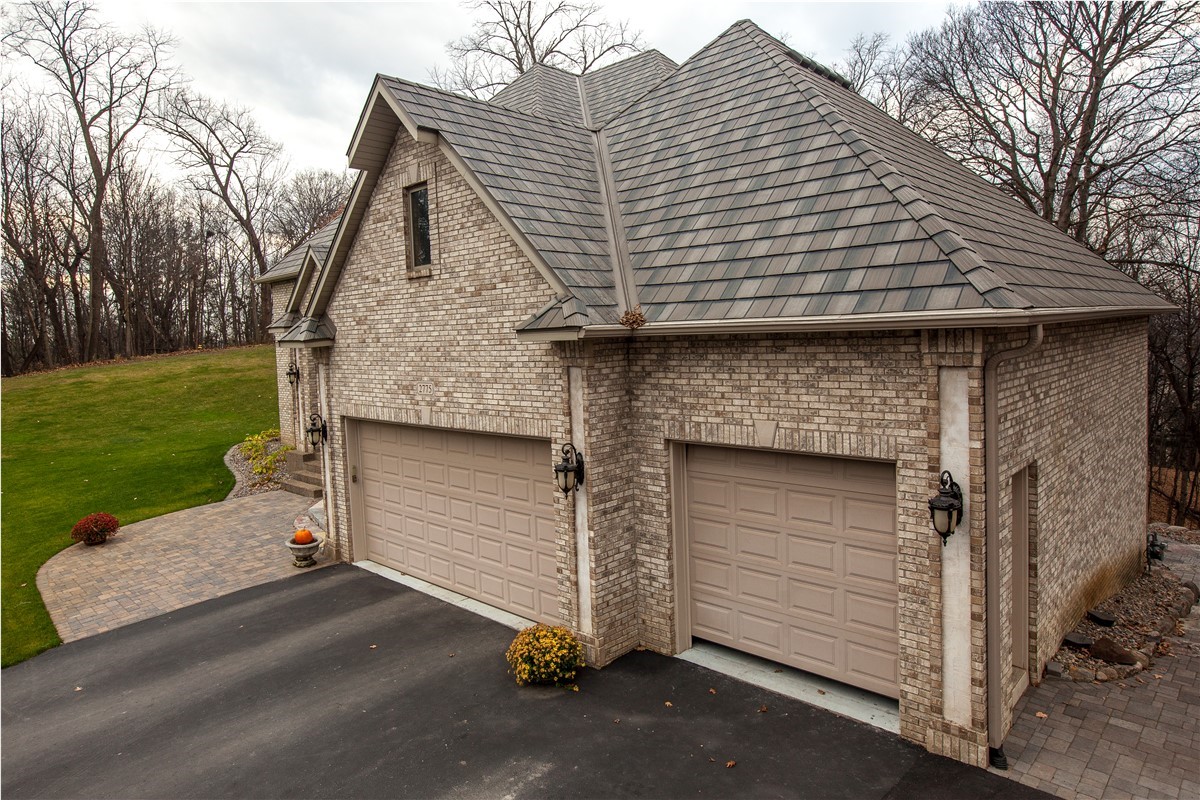
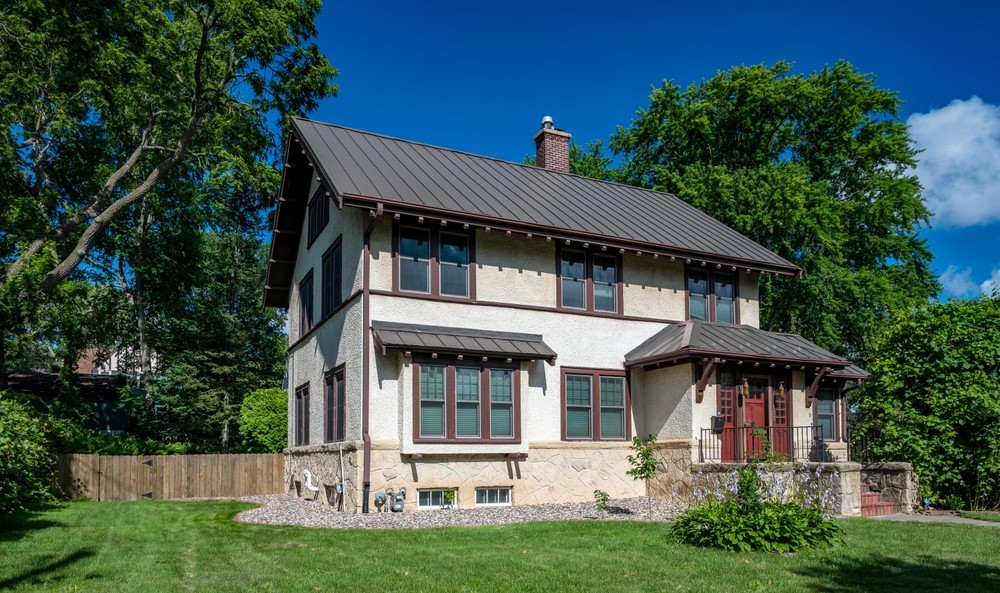
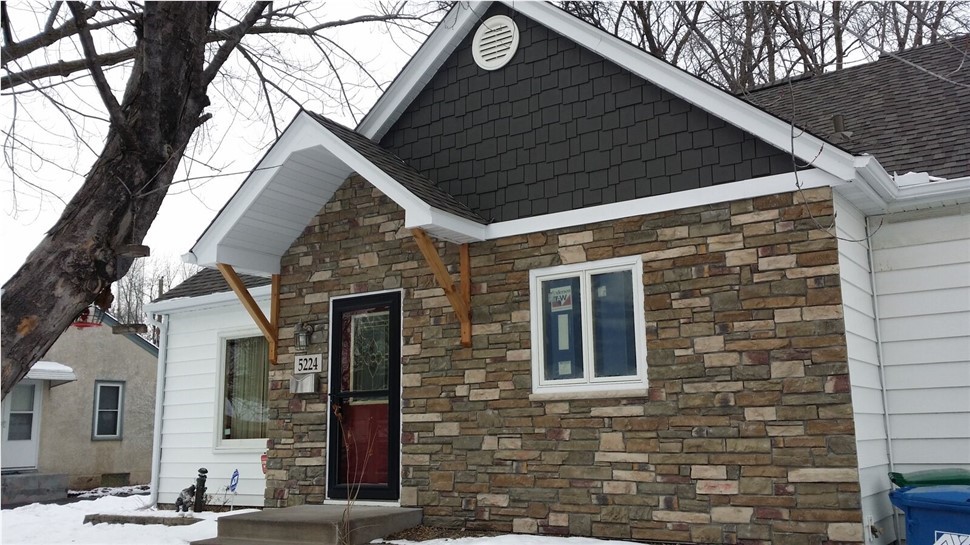
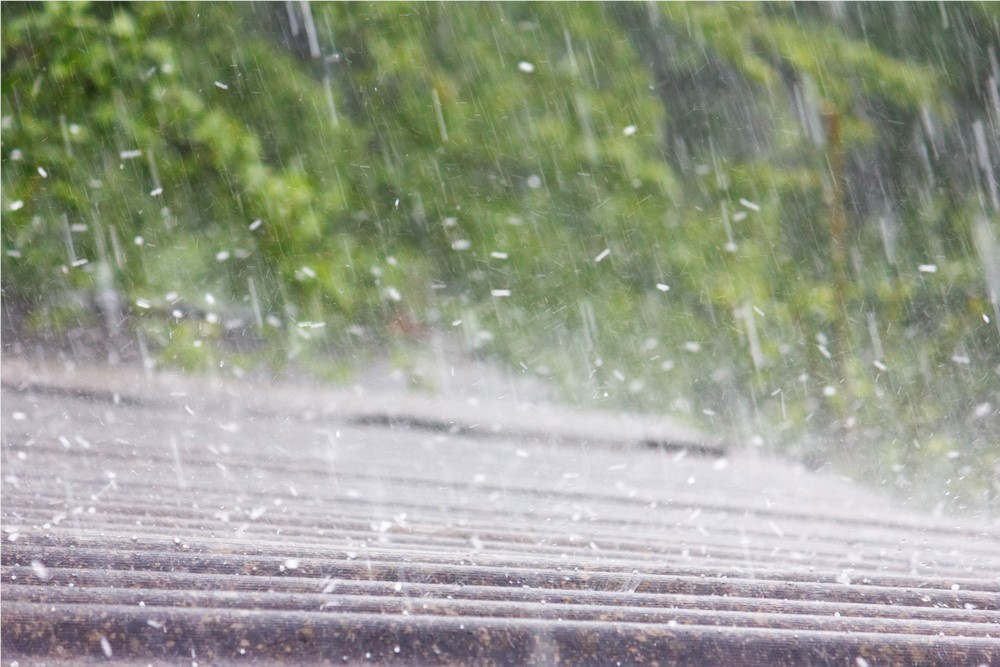
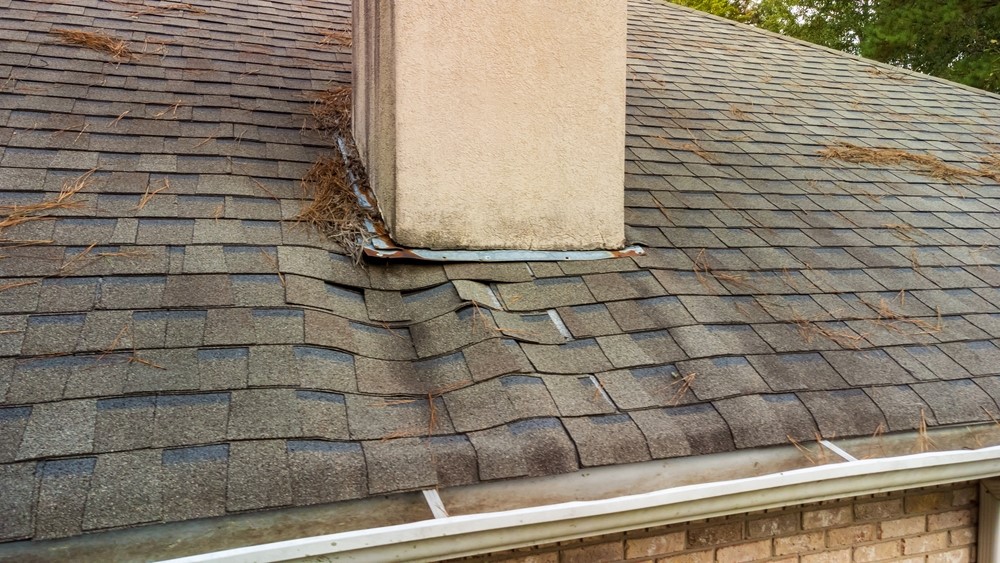
Comments